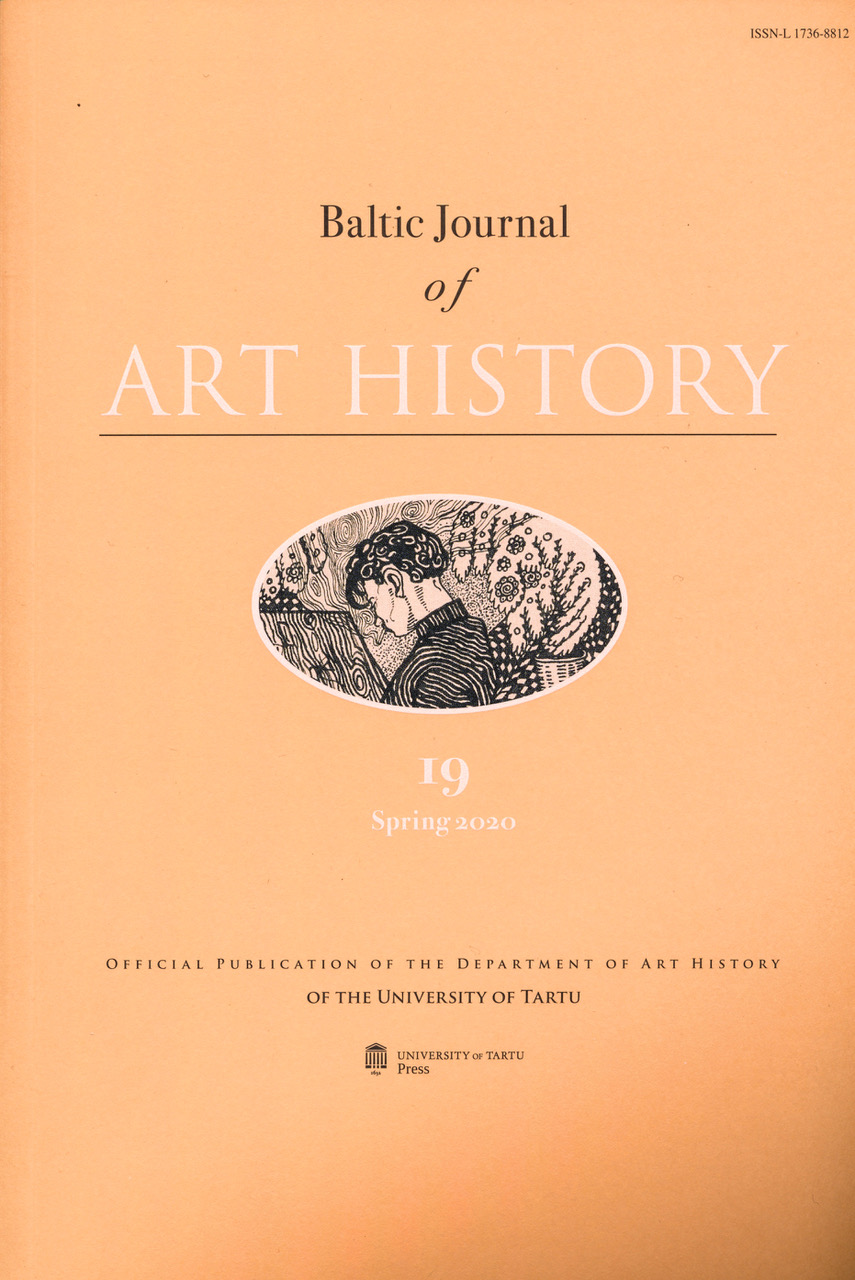Viivikonna – Formation of a Ghost Town Amongst Other East Estonian Oil-Shale Mining and Industrial Town
DOI:
https://doi.org/10.12697/BJAH.2020.19.06Keywords:
East Estonia, oil-shale, industrial towns, urban planning, Viivikonna, StalinismAbstract
The central Stalinist urban ensembles in East Estonian oil-shale mining and industrial townsKohtla-Järve, Ahtme, Sompa, Jõhvi, Kukruse, Kiviõli, Kohtla-Nõmme and Sillamäe areprotected by comprehensive plans and regarded as built-up areas of cultural andenvironmental value; Viivikonna, although similar to these towns, does not boast suchpatronage. Compared to other oil-shale mining and industrial towns, Viivikonna has becomea brownfield nearly completely. What could be the reason for such a difference?Someanswers may be found in history (1946–1980). Viivikonna is the only East Estonian oil-shalemining and industrial town that follows urban planning principles and a pattern, establishedby the Department of Architecture of the Estonian SSR, led by Harald Arman, to this day.However, it is necessary to decide the purpose of Viivikonna in the near future: whether partsor whole of the town are worthy of preservation–both in the economic and aesthetic sense.

